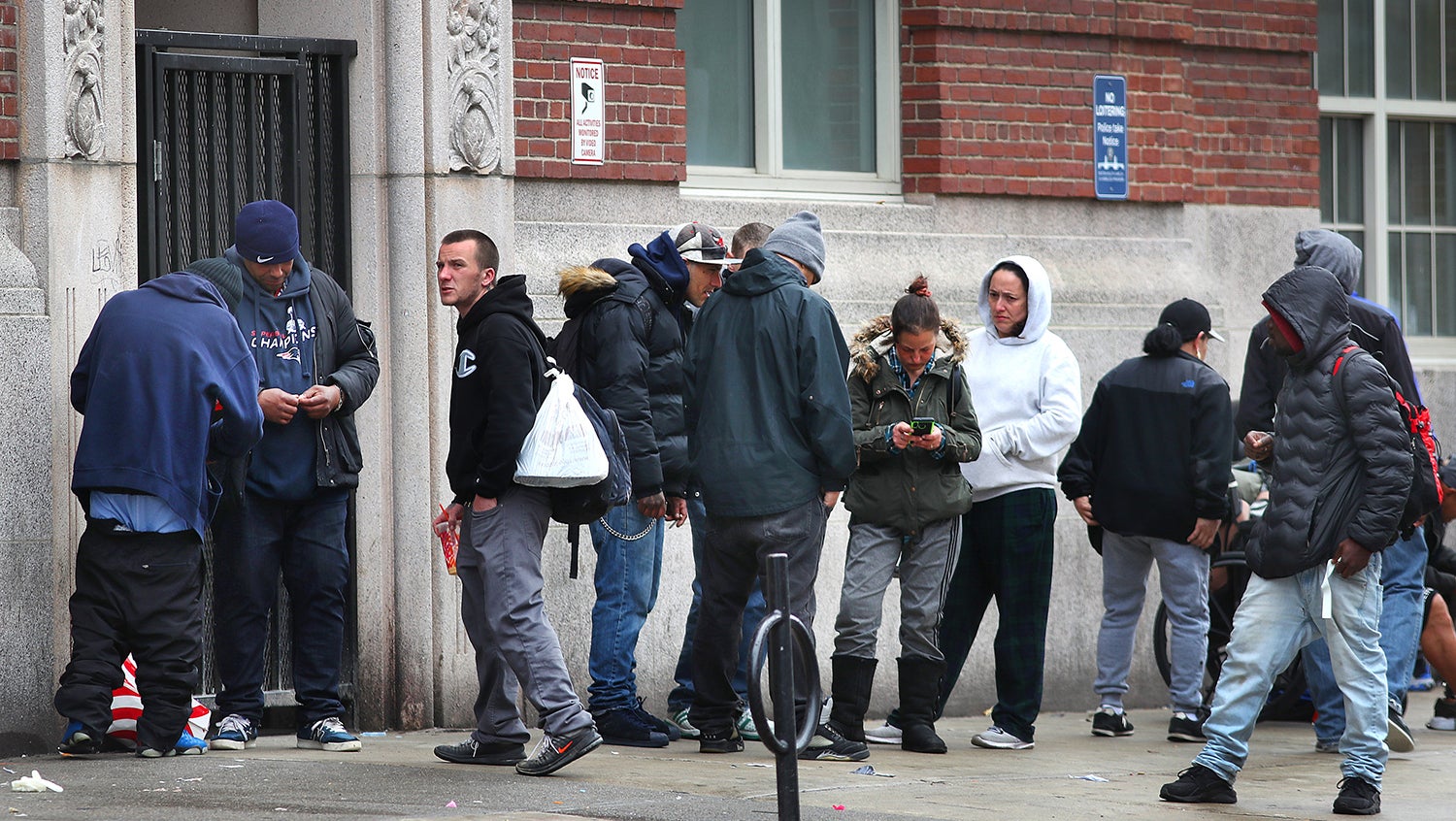Relaxed Federal Policies Enable Street Outreach for Substance Use Treatment During COVID-19
April 13, 2020
By Meryl Bailey

Getty Images
Telemedicine and lower-barrier access to buprenorphine hold potential to make gains against the opioid epidemic after the COVID-19 crisis subsides.
During the unprecedented nationwide public health emergency caused by the coronavirus, many physicians are searching for ways to maintain access to patients who cannot come in for treatment. But for Jessica Taylor, MD, an addiction medicine specialist, the COVID-19 crisis is presenting a unique opportunity to actually expand her clinic’s reach.
Taylor is the medical director at Boston Medical Center’s Faster Paths to Treatment, a low-barrier substance use bridge clinic focused on providing buprenorphine to people with opioid use disorder. Like many in her field, she worries how the coronavirus outbreak will erode progress toward abating the opioid epidemic, and she is closely monitoring policy changes that could impact her practice.
Changes at the federal level are coming rapidly. In mid-March, the Department of Health and Human Services lifted certain HIPAA restrictions on telemedicine, broadening physicians’ ability to reach patients on platforms such as FaceTime and Skype. At the same time, the Drug Enforcement Administration allowed authorized providers to prescribe buprenorphine to new patients with opioid use disorder through telemedicine.
“These regulatory changes offer an incredible opportunity to try things that will be helpful for the highest-risk patients,” says Taylor. “Every time we’re talking about being low-barrier, we need to ask how we can take the next step and lower barriers further. These changes provide an opportunity to reach patients who either can’t or won’t come into a hospital-based clinic setting.”
With the tidal shift toward telemedicine in response to COVID-19, Taylor worried about exacerbating disparities for patients who are already at the highest risk, specifically people facing homelessness who do not have access to phones or a private place to have a call. But the change in HIPAA regulations concerning telemedicine interfaces meant that Faster Paths could maintain or initiate access to patients experiencing homelessness more easily with the help of street outreach workers and their phones.
“We are partnering with some of our community organizations that already do street outreach and have created a pathway where our street outreach workers can set up a video conference between their phone or iPad and one of our addiction specialists. Then they help find the patient a private space to have the call,” she explains.
A nimble plan builds on existing partnerships
As policy shifted in mid-March, Faster Paths quickly readied their team to expand their telemedicine outreach. They increased staffing to provide more flexibility in provider coverage and engaged their Boston-area partners, including the drop-in health center Project Trust, local syringe service and harm reduction program AHOPE, and basic amenity provider, the Engagement Center. Street-based outreach workers from these sites initiate conversations with clients about addiction treatment and connect interested people to Faster Paths providers using their phones.
Taylor acknowledges the challenge in maintaining follow-up with a transient population that lacks access to cell phones. “We’ve been making it very patient-centered — making an agreement with patients about when we’ll talk next and arranging for them to find an outreach worker on the day that they need a refill,” she says.
The intervention officially launched on March 18, and its initial impact looks promising, with the first two patients connecting for follow-up visits in spite of not having working phones. The street outreach workers provide consistency, a way to contact providers, and navigation support like help picking up refills.
“Our street outreach workers have amazing skills in terms of knowing the community and knowing how to engage patients who are not able to come into a traditional healthcare setting, but might be willing to chat or connect for resources like socks or injection equipment. Over time, that opens the door to having a conversation about buprenorphine, especially when we can provide it where the patient already feels safe,” explains Taylor.
Hope for lasting policy change
Faster Paths’ initial success in enrolling new patients into addiction treatment is a silver lining in a public health crisis that threatens the region’s progress in combatting opioid addiction. Taylor sees incredible potential for telemedicine and lower-barrier access to buprenorphine to make gains against the opioid epidemic after the COVID-19 crisis subsides.
She hopes that positive results from the new initiative could help catalyze permanent changes in regulations regarding buprenorphine prescribing and the use of telemedicine for initiating addiction treatment. The program is currently looking to transition to a HIPAA-compliant interface, with the hope that outreach can continue even when emergency measures are scaled back by HHS.
“Anytime there’s a regulatory change, there can be a lot of angst about how things will go, but the sky has not fallen,” reflects Taylor. “The consequence of allowing us to do this is patients are getting life-saving medication.”


